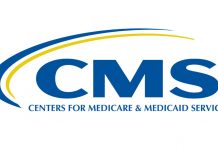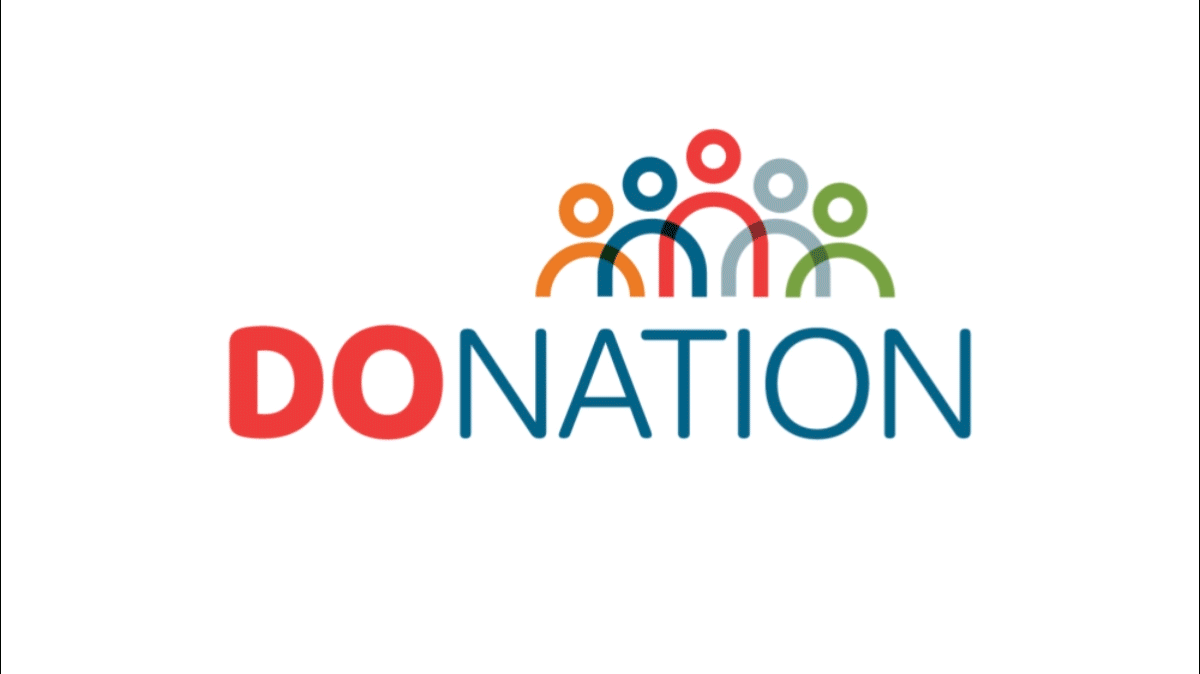Starting Oct. 18, the U.S. Department of Veterans Affairs (VA) will review not just current assets, but records from the previous three years when deciding a veteran’s asset-based eligibility for VA pension benefits, commonly called Aid and Attendance (A&A) benefits. However, transfers of assets completed before Oct. 18 will not be counted against veterans or their surviving spouses.
A&A helps veterans and their surviving spouses pay for in-home care, assisted living, memory or nursing care, as well as medical supplies and medicines. These pension benefits are available to service members who are older than 65 or their surviving spouses. Additionally, the service member must have been honorably discharged after at least 90 days of service with at least one of those days during a wartime period.
A&A applicants must meet limited asset requirements, which will now be a little more complicated to calculate. However, the VA raised the net worth limit to $123,600, which is the maximum Medicaid Community Spouse Resource Allowance for 2018 and is indexed for inflation. Previously, the net worth limit was not firm, but was generally around $80,000 for a married veteran.
In light of the recent changes, veterans that may need nursing or home-health services should examine their finances at least three years before they are eligible for A&A. Nationwide, the median cost of long term care currently ranges from $3,750 a month for assisted living to $8,121 monthly for a private room in a nursing home. These costs could easily wipe out life savings.






